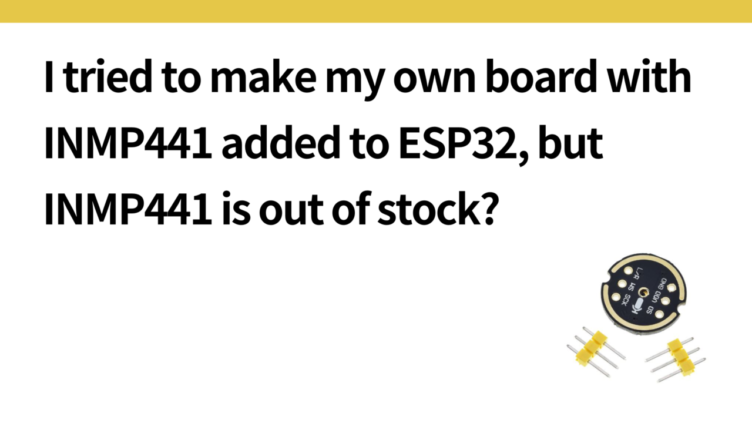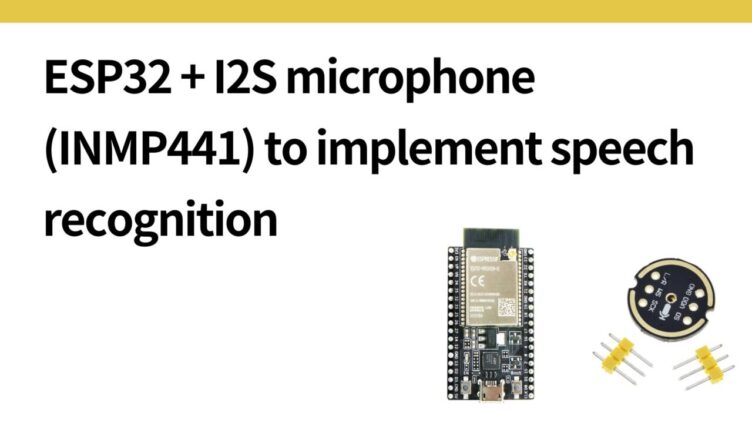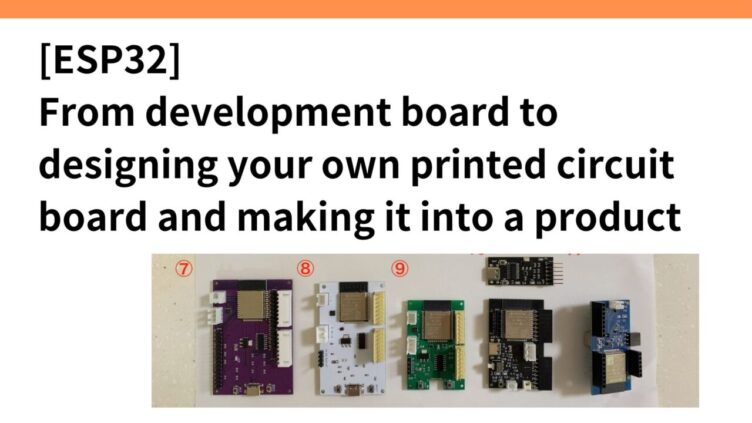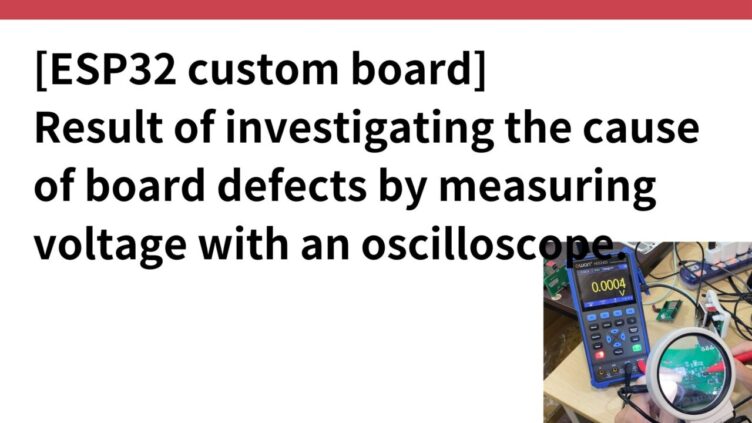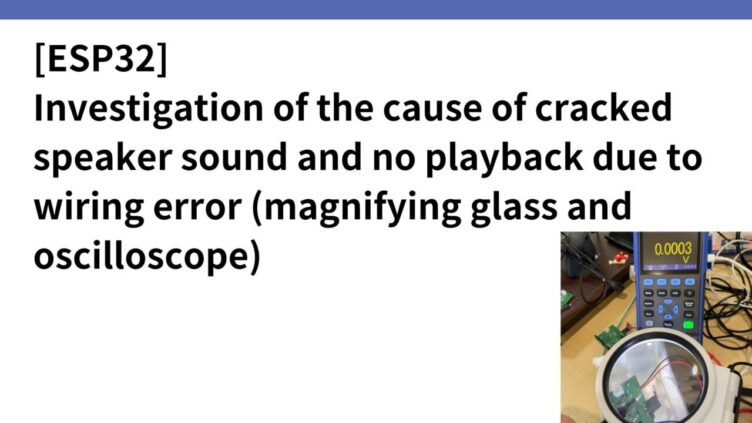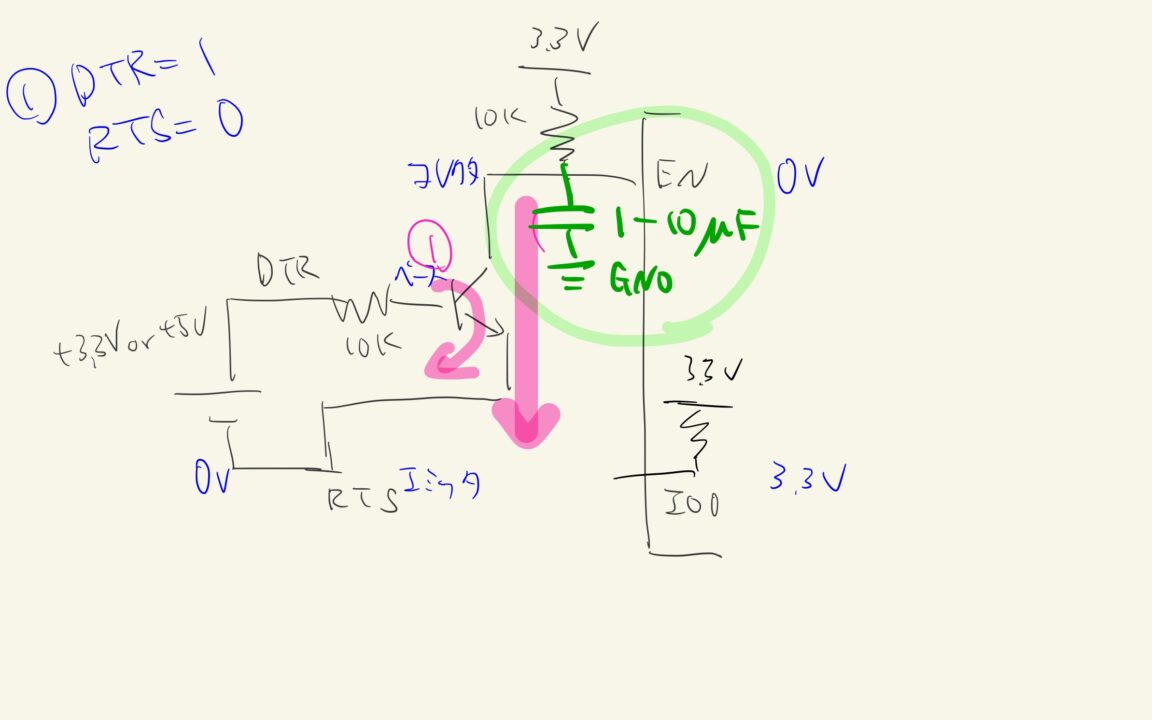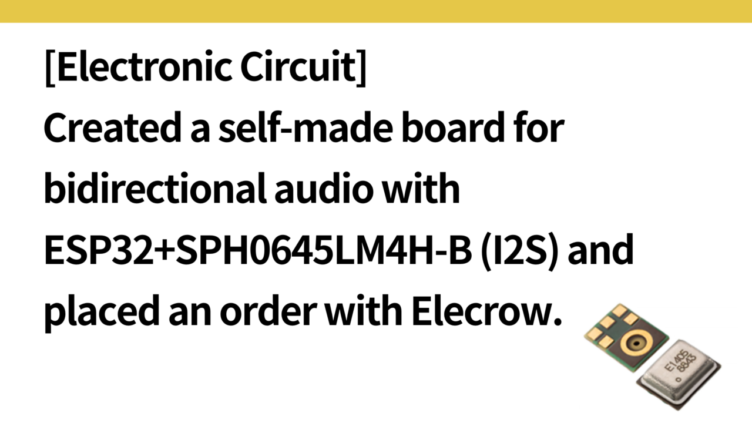
[Electronic Circuit] Created a self-made board for bidirectional audio with ESP32+SPH0645LM4H-B (I2S) and placed an order with Elecrow.
How to use SPH0645LM4H-B as a replacement I2S mic for INMP441, wire with ESP32 to make my own board and order from Elecrow. is Elecrow cheaper PCBA cost compared to JLCPCB?
